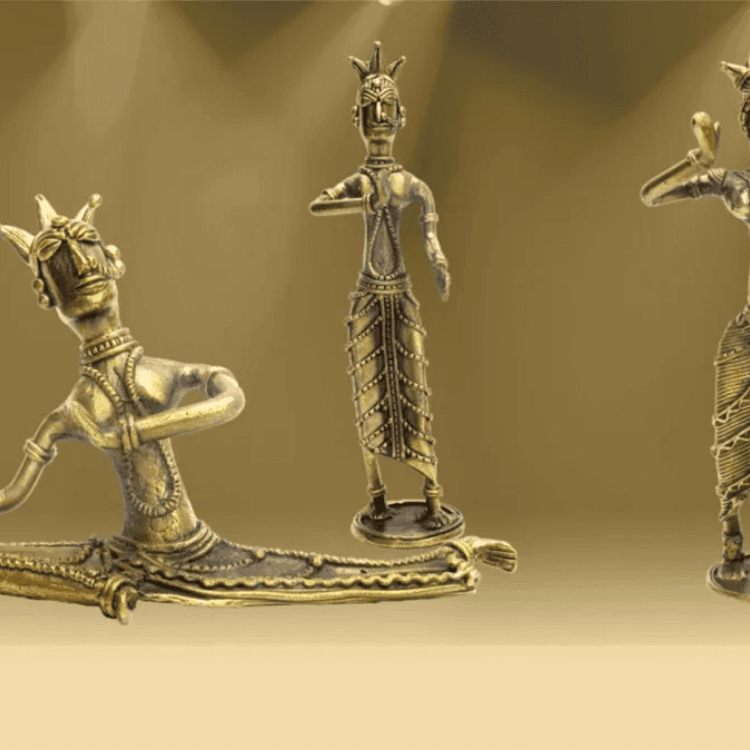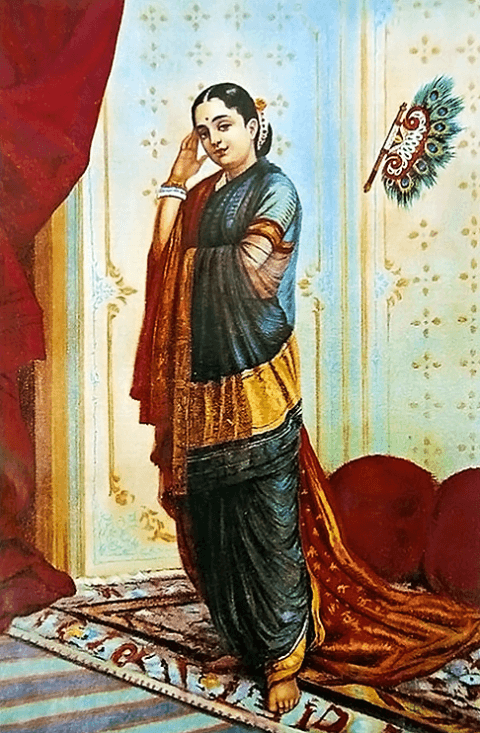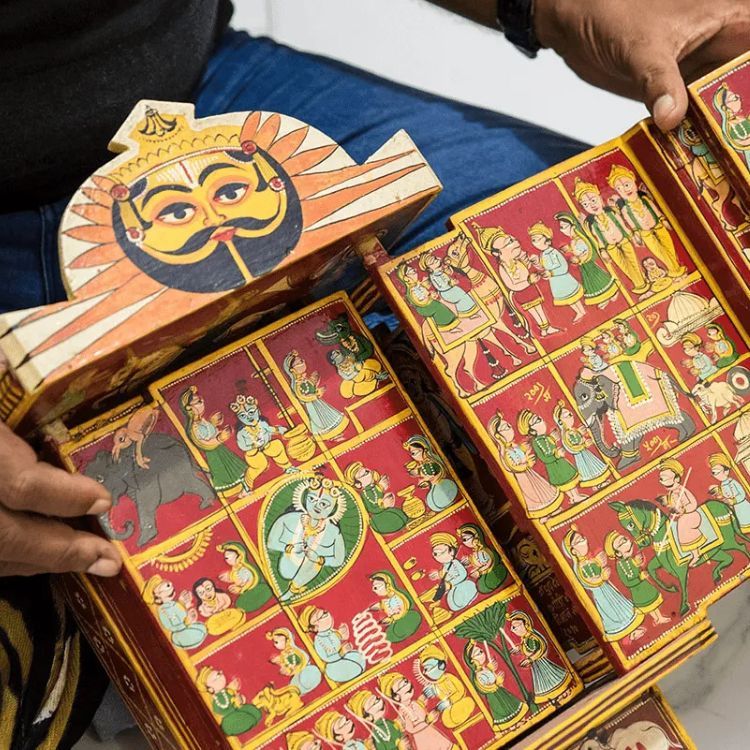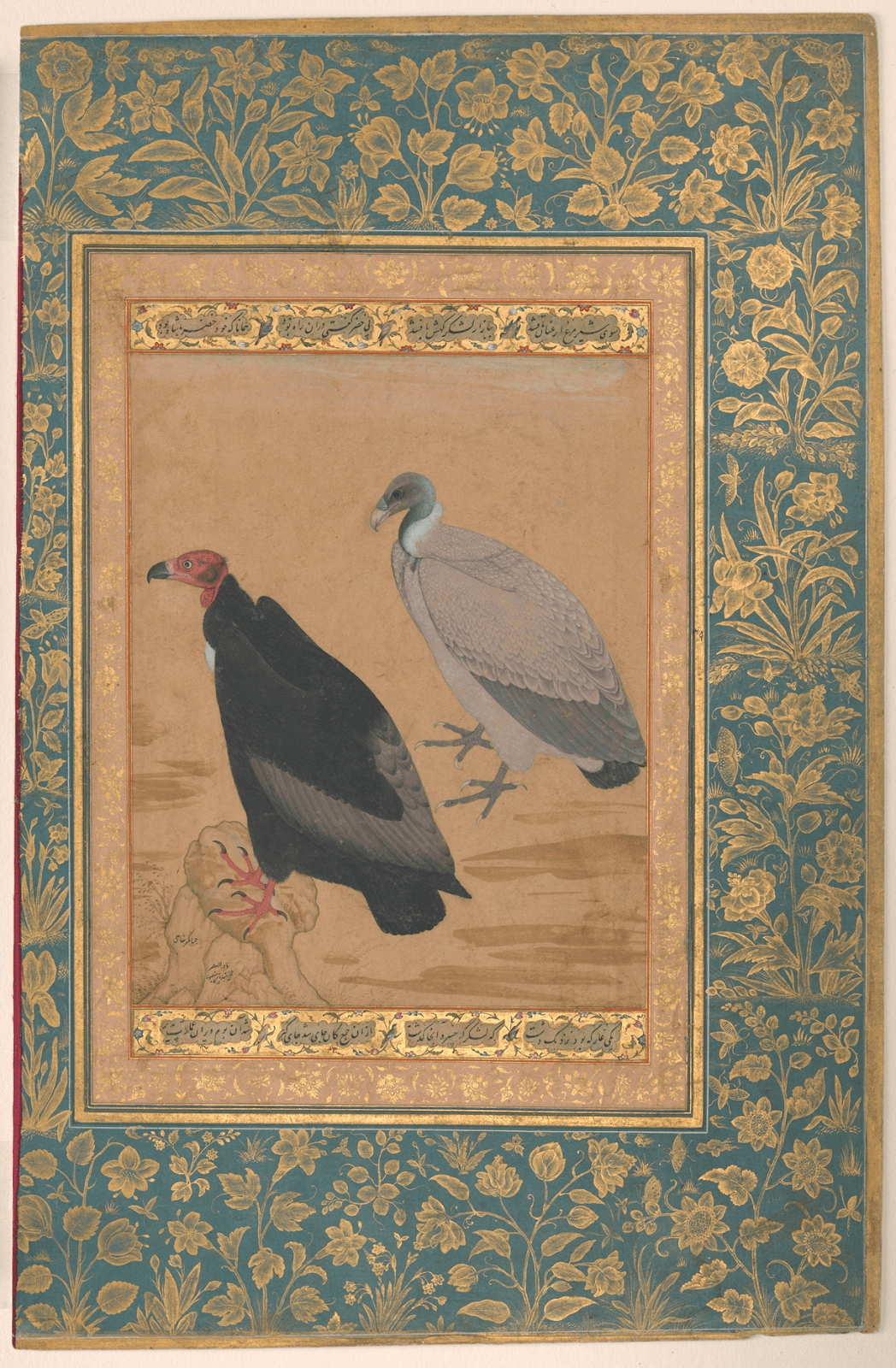
Your Cart
Dhokra handicrafts: The story so far


We have all seen the famous ‘Dancing Girl ’of Mohenjodaro sculpture at least once, either in our school history textbooks or in a handicraft store. At first, it may seem to be like any other abstract art piece to adorn your house. But there is more to the sculpture and its provenance. It is what has essentially evolved into today’s Dhokra handicraft. Here, we shall have an in-depth look at them and find even more reasons to cherish them. So, without further ado, let’s get started!
History of the famous art form ------------------------------
With origins traced back to the Indus Valley Civilisation, this art form primarily belongs to Mohenjodaro, which is considered to be one of the more important hubs of civilisation by researchers. It flourished in what is today’s Pakistan and northwestern India. This 4,600-year-old art form travelled east and spread to modern-day West Bengal, Orissa, and Chhattisgarh. Today, you will find Dhokra handicrafts being made largely in the Bastar region of Chhattisgarh where over 500 tribal families still practice this art.
The Fascinating Process of Dhokra Art -------------------------------------

Dhokra is an art form that uses the ‘lost-wax casting’ technique to make metal idols and other handicraft items. This is a completely eco-friendly process. Naturally sourced raw materials are used in this process.
At first, the sculpture is made with pure beeswax. All the needed details are added to this wax sculpture. Then, this is covered with a mixture of fine sand, clay, and goat or cow dung. The whole thing is then put in a furnace which allows the clay mould to solidify and the wax to melt out; resulting in mould ready for the molten metal alloy to be poured into. Then the liquid metal is added to the mould and sprinkled with water to cool it. The alloy needs some time to take the shape of the mould. Once the set time has passed, the cast is broken and the figure is revealed. The alloy used in the process is mainly brass or bronze. It is important to acknowledge that it takes nearly nine to ten days to complete a three feet tall sculpture.
It is interesting to note that this lost wax technique is referred to as ‘cire perdue’ and is even used in the Thanjavur bronzes of Tamil Nadu from the 10th century CE onwards.
The uniqueness of the Art -------------------------

The process and intricacy are not the only reasons that make this art form stand out. The most unique aspect of Dhokra art is that no two sculptures are crafted alike. Every mould makes only one sculpture which makes every single piece one of a kind.
However, the distinct style of the sculptures is what makes this art form stand out. Thin hands, legs, and a slender body with certain imperfections make this art one of a kind.
The themes of these sculptures revolve around mythology, nature, and day-to-day traditions and rituals. Intricate touchups include the sun, moon, flora, and fauna that adorn the pieces with exquisite beauty and serve as meaningful details.
**T**he tribal legacy in many forms -----------------------------------
The Dhokra handicraft is no longer limited to just sculptures. You can now find accessories, frames, lanterns, vases, candle holders, wall hangings, and so much more. The items of the Dhokra handicraft are a beautiful blend of tribal designs and contemporary flairs to suit the taste of the modern masses. This adaptation is perhaps what has kept the legacy of the art going.
Where to find Dhokra Handicrafts? ---------------------------------

You need not go to Mohenjodaro or the remote villages of the Bastar region of India to buy some mesmerizing Dhokra handicrafts. One can easily find them on various online platforms and cultural fairs today. Also, ensure that you purchase these items from trusted marketplaces to get genuine and authentic products. They will add an ethnic touch to your home, and also help the artisans who pour in their all while creating them.
About Rooftop:
Rooftop is India’s leading online learning platform for live art workshops and professionally curated art courses. Such mindfully selected classes help bridge the gap between artists and art lovers to make art easily accessible and approachable to all those who seek it. Art experiences are carefully designed to fit your work life, so you can attend classes on the go, anytime, anywhere.
We offer a wide range of courses starting from Live art workshops. Rooftop is a place where passionate and skilled artists give voice and purpose to their art. From Maestro Courses and Art Therapies, Rooftop has it all. An app that not only offers creative services but connects art enthusiasts to form an exclusive art community like never seen before.